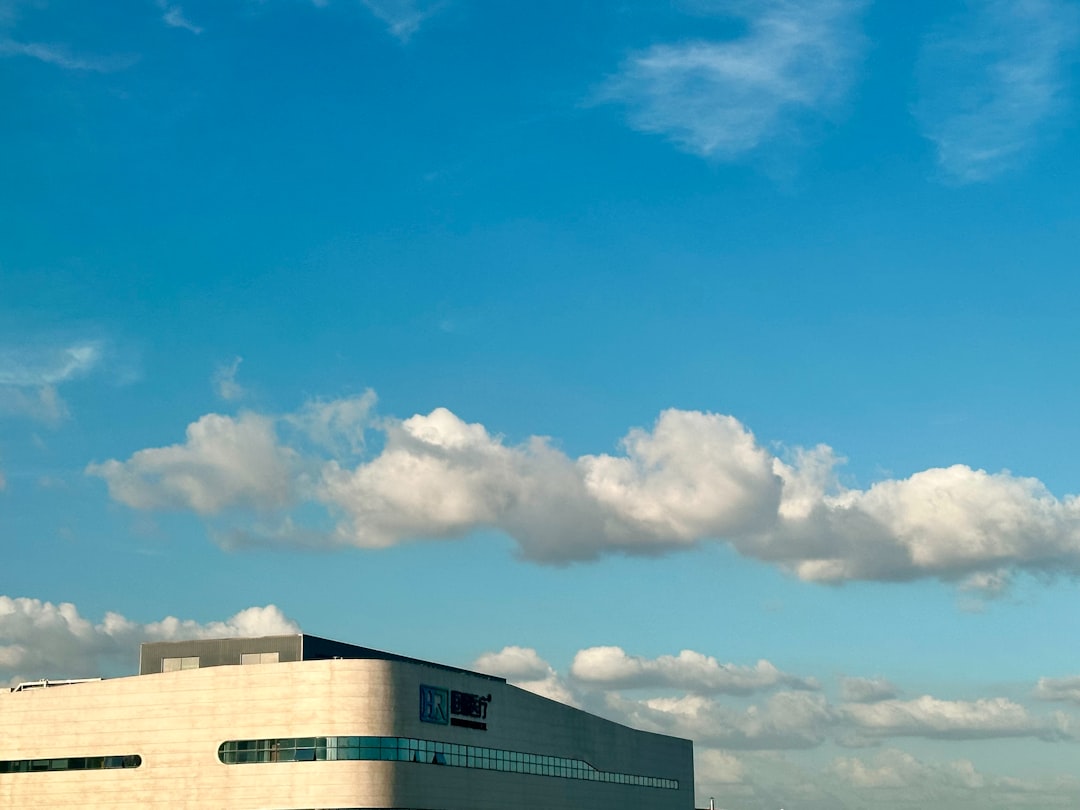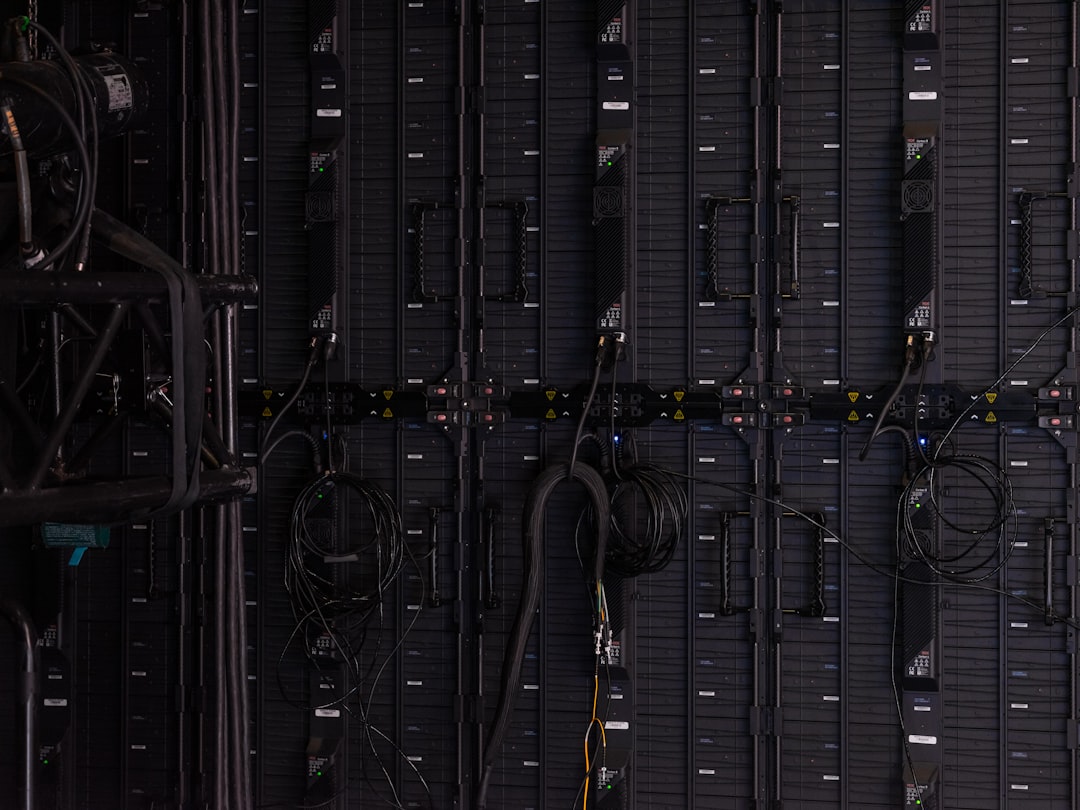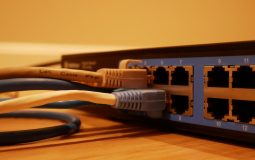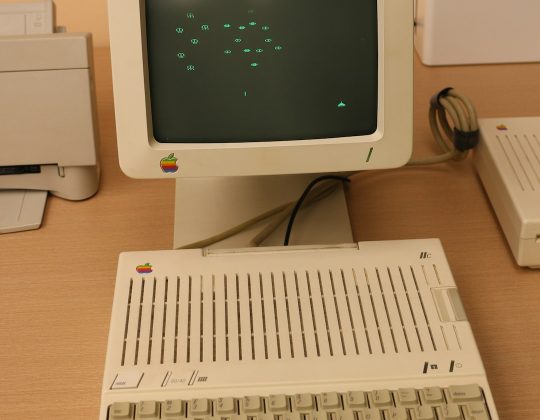In today’s digital age, organizations depend heavily on the continuous availability of online services. Whether it’s an e-commerce platform, a financial institution, or a streaming service, downtime can lead to devastating losses in revenue and reputation. That’s why data center hosting providers play a pivotal role in ensuring their infrastructure offers maximum uptime and reliability. But how exactly do they achieve these high standards?
This article explores the strategies, technologies, and best practices employed by data centers to keep systems online around the clock—even in the face of power failures, hardware issues, or cyber threats.
1. Redundant Infrastructure
One of the most critical components in maintaining uptime is redundancy. Data centers are designed with fail-safes at nearly every level of operation. These include:
- Redundant Power Supplies: Multiple uninterruptible power supplies (UPS) and backup generators ensure that even if the local grid fails, the servers can continue running.
- Network Redundancy: Multiple network connections from different Internet Service Providers (ISPs) prevent a single point of failure. These are often configured with automatic failovers.
- Geographical Redundancy: Some data centers back up all data to a completely separate facility situated in a different city or country to protect against regional disasters.

2. Tier Classification Standards
To better understand the level of uptime a data center can provide, the Uptime Institute developed a system that classifies data centers into four tiers:
- Tier I: Basic capacity, 99.671% uptime
- Tier II: Redundant capacity components, 99.741% uptime
- Tier III: Concurrently maintainable, 99.982% uptime
- Tier IV: Fault Tolerant, 99.995% uptime
Most business-critical applications require at least a Tier III facility. Hosting providers aspiring to guarantee the highest standards seek Tier IV certifications, which permit virtually continuous operations even during maintenance or internal failures.
3. Advanced Cooling and Climate Control
Servers generate a substantial amount of heat, and overheating can result in hardware failures or slowdowns. To ensure peak performance, data centers utilize state-of-the-art cooling systems. These include:
- Hot/cold aisle containment: Separating warm and cool airflow to enhance efficiency.
- Liquid cooling systems: More effective for high-density server environments.
- Intelligent climate control: Automated systems that adjust based on real-time conditions inside the facility.

4. Monitoring and Predictive Maintenance
Modern data centers don’t just react to issues—they anticipate them. Hosting providers employ 24/7 monitoring systems utilizing AI and machine learning to flag abnormalities before they escalate into outages. Metrics tracked include:
- Server temperatures
- Network latency
- Power consumption
- Traffic patterns
This predictive approach enables proactive maintenance, such as replacing a failing hard drive before it interrupts service.
5. Physical and Cybersecurity Measures
Security breaches can disrupt service just as easily as a hardware failure. To prevent this, data centers invest heavily in:
- Physical Security: Biometric access controls, security guards, and surveillance systems.
- Cybersecurity: Firewalls, intrusion detection systems, and regular vulnerability assessments.
Many providers also implement role-based access controls and encryption protocols to safeguard client data at every level.
6. Disaster Recovery and Business Continuity
Even with all precautions in place, disasters can strike. That’s why reliable hosting providers maintain comprehensive disaster recovery and business continuity plans. These often include:
- Regular backups to offsite locations
- Failover servers ready to activate instantly
- Detailed recovery procedures tested through regular drills
These measures ensure that even in worst-case scenarios, customers experience minimal disruption.

Conclusion
Ensuring uptime and reliability in a data center environment is no small feat. It involves a blend of engineering excellence, operational discipline, and intelligent automation. From redundant systems and climate control to enhanced cybersecurity and disaster recovery protocols, each layer is meticulously constructed to support consistent availability.
For businesses seeking a trustworthy hosting provider, it’s crucial to understand these foundational strategies—and make sure the provider you choose has them all in place. After all, in the digital world, every second of uptime counts.








